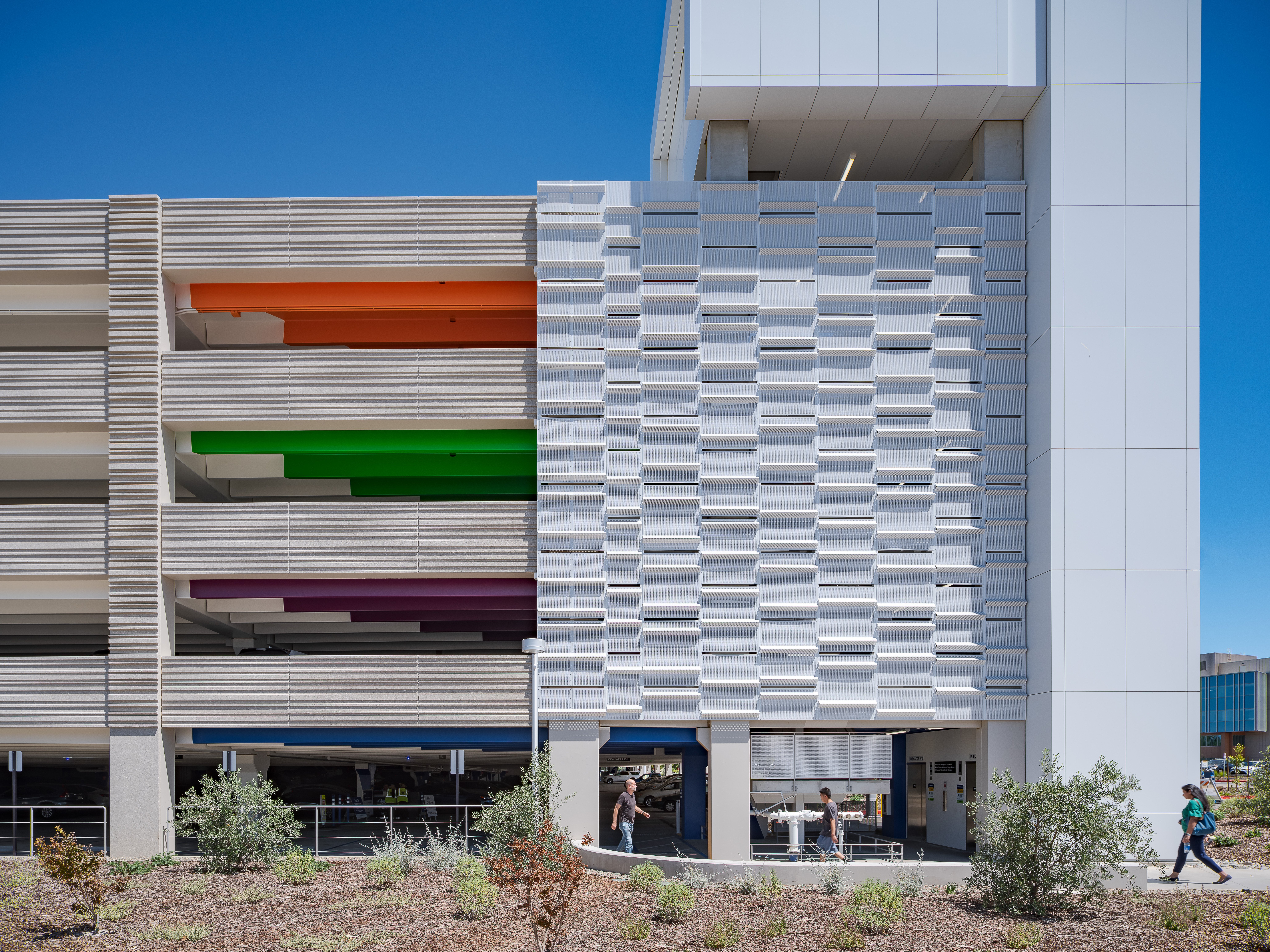How One Company Conceived and Designed a New Product
How many times have you been “wowed” by a demo, but experience serious doubts about the technology when parking reality is matched up to functionality?
When Zephire kicked off development of its cloud-based monthly parking management solution, the company’s leaders learned quickly to lean on the expertise of parking management organizations ranging from a single city portfolio to a national operator and everything in between.
User community training
is a big point of emphasis
during implementation as new functionality is rolled out.
“We recognized early on that the best source of feedback for design and development would be the very professionals who would actually be putting our solution to work every day. What started as an aspirational idea blossomed into an ingrained aspect of our culture,” says Tim Winterich, Zephire’s director of client services.
A primary goal of Zephire was to make it a system that works best for the people who need to use it. This includes end users and parking operators.
This approach led to the development of three cloud-based portals: one for individual parkers; another for administrators of group account parkers; and finally, an admin portal that drives the system as a whole for client users.
The design gives parkers and group account admins the independence to manage their own accounts on their own schedules. Clients have gained productivity by reducing their administrative work through keeping account records in the admin portal. Paper forms and office visits to sign up and manage accounts have become a thing of the past.
There are five key tactics that help gather user feedback for design and development and these should be incorporated into every phase of a client’s lifecycle. Any service-oriented organization can use the same or similar processes to meet clients’ needs.
1- The first opportunity of this kind is during an implementation kick-off workshop with new clients. During this session, talk about current operations, what’s working, what they expect of their new system. Address priority issues and discuss regular or customized features needed to meet these objectives.
2- Also, during implementation, conduct weekly check-in calls to monitor progress and make decisions. This is another opportunity to the identify unique needs of each client and quickly build customizations to meet their expectations.
3- User community training is a big point of emphasis during implementation as new functionality is rolled out; and at key points of the year when specific areas of the system are used heavily, such as setting accounting period calendars for the upcoming year or offering guidance on how to schedule rate increases. Very often, ideas for new features and capabilities bubble up organically during these sessions.
4- Conduct targeted user forums on specific functionality. These sessions are a key contributor to the design of new functions and allow users and clients from a diverse set of organizations to interact with one another and share best practices.
5- Finally, regularly review the help desk ticket activity to identify user challenges and address these through enhancements.
One of Zephire’s first clients has a heavy concentration of Class A office garages in their portfolio and needed extensive logic to manage tenant lease requirements for parking. Zephire collaborated with the client to include this component in the client’s solution. This feature eventually became a key component of Zephire’s systems.
Early in 2021, as organizations started to prepare for the new normal, Zephire received frequent requests to automate processes in its system, and top of that list was suspensions or card lock outs for customers who haven’t paid.
This led to Zephire to conduct a user feedback forum where company leadership met with client users from public and private organizations, as well as garage owners. The automated suspension function was born.
Now the system manages this process all the way through to automatically turning cards on and off, where there is PARCS integration, as customer invoices become past due and then are paid.
The five tactics for gathering client and customer feedback are all logical opportunities to obtain input that ensures your company is hitting the mark when it comes to performance expectations. Maintaining this focus is what will ensure users and clients see themselves reflected in their technology solutions for years to come.
Vicki Pero is Principal of the Marlyn Group. She can be reached at vpero@marlyngroupllc.com









